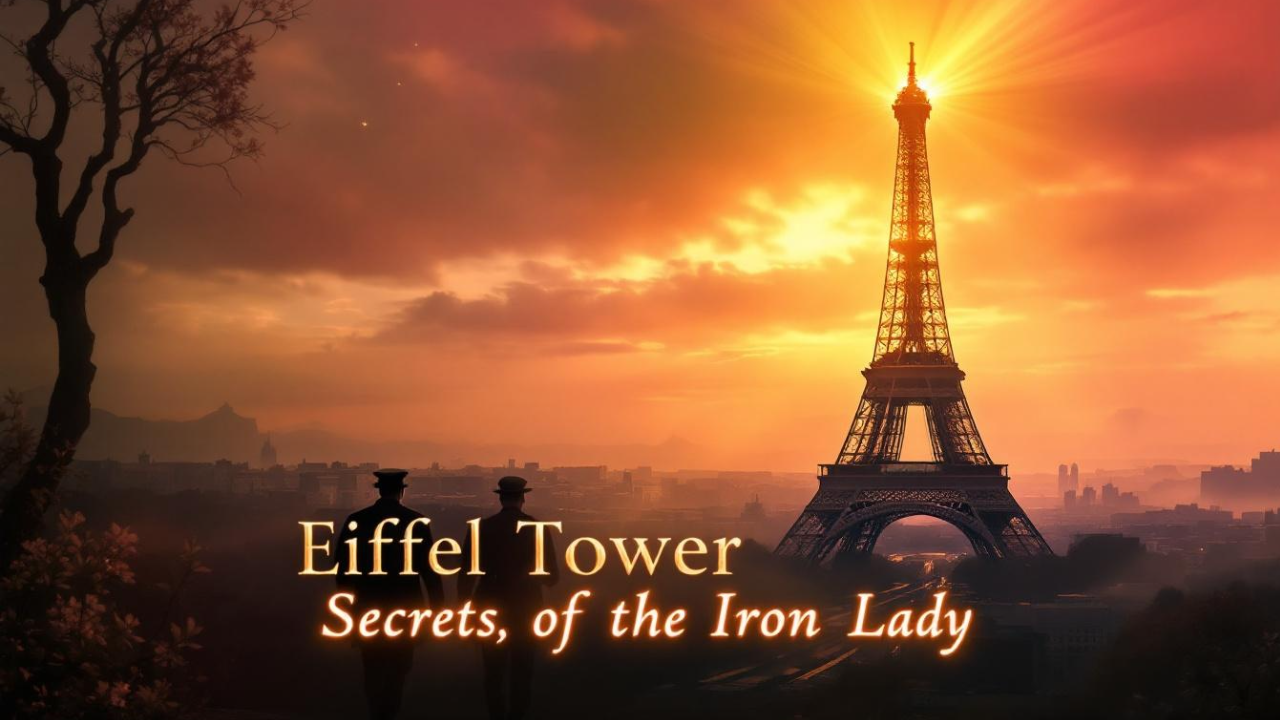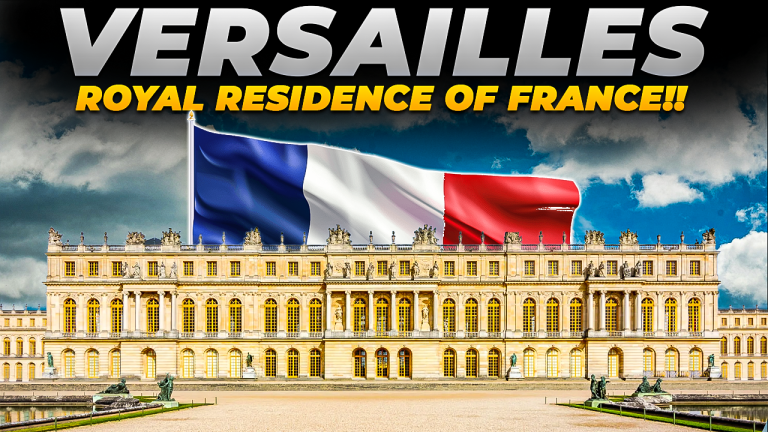Secrets of the Eiffel Tower: Love, War, and Legacy

Paris—a city synonymous with romance, art, and timeless beauty. Amid its cobblestone streets and café-lined avenues, one structure rises above the rest: the Eiffel Tower. A marvel of engineering and a symbol of resilience, the Eiffel Tower has transformed from a controversial “eyesore” to one of the world’s most cherished landmarks. Join us as we journey through the fascinating history, cultural significance, and magic of Paris’ beloved Iron Lady.
The Controversial Birth of a Giant
When Gustave Eiffel unveiled his 300-meter-tall masterpiece at the 1889 Exposition Universelle (World’s Fair), not everyone was impressed. Critics dismissed it as an “odious column of bolted sheet metal” and “a tragic street lamp.” Parisian artists even signed a petition decrying the structure as an affront to the city’s classical beauty. Imagine being Eiffel, pouring your heart into a vision of progress, only to have it compared to a kebab skewer!
Despite the backlash, the tower stood tall—literally and figuratively. Today, as you gaze up at its intricate lattice girders, you’ll feel awe-inspired by its unapologetic ambition. Standing beneath it, gelato in hand, you might even imagine the Iron Lady smiling back at you. What once divided opinion now unites hearts worldwide, proving that sometimes, beauty takes time to be recognized.
The Tower That Refused to Die
The Eiffel Tower’s resilience shines brightest in the shadow of World War II. When Nazi forces occupied Paris, Hitler demanded his swastika fly from the tower’s peak. But in a stunning act of defiance, the French cut the elevator cables. If Hitler wanted his flag at the top, he’d have to climb the stairs himself—spoiler: he didn’t.
Through the war, the Eiffel Tower stood as a quiet yet steadfast observer. When Paris was liberated, the Iron Lady celebrated in style, draped in lights and ringing with joy. To stand atop the tower today is to stand in the footprints of history, where courage met tyranny and triumphed in elegant defiance.
Cultural Shenanigans and Global Fame
More than just an architectural wonder, the Eiffel Tower has become a stage for culture, creativity, and even mischief. From hosting dazzling light shows and classical concerts to serving as a DJ booth for the likes of DJ Snake, she’s seen it all. Thousands of marriage proposals, fashion shows, and daredevil stunts have played out against her iconic silhouette.
One of the most curious tales involves Victor Lustig, a con artist who sold the Eiffel Tower for scrap metal—not once, but twice! It’s a story that adds a mischievous twist to the tower’s legacy and one that deserves its own Netflix series.
Visit during Bastille Day, and you’ll witness fireworks that paint the sky in glittering reds, whites, and blues, embodying the French spirit in a spectacular display. The Eiffel Tower isn’t just a landmark; she’s a living, breathing celebration of art, culture, and joie de vivre.
The Eiffel Tower: A Tech Marvel in Disguise
Beneath its romantic facade, the Eiffel Tower has also been a hub of scientific innovation. Gustave Eiffel used it to conduct experiments on wind resistance and radio transmissions. Over the years, it evolved into one of the world’s tallest antennas, broadcasting television signals and becoming a beacon of technological progress.
In February, the tower received a sparkling upgrade: 20,000 twinkling lights that illuminate the Parisian skyline each evening. Witnessing the tower shimmer against the night sky is a surreal experience. It’s as though the Iron Lady herself is winking at you, reminding you that magic still exists in our modern world.
From Mockery to Icon: A Parisian Queen is Crowned
Hard to believe, but the Eiffel Tower was initially intended to stand for only 20 years. Yet here she is, over a century later, reigning as a global icon. She has graced movies, art, and literature, stealing scenes in everything from “Ratatouille” to James Bond films. Paris without the Eiffel Tower? That’s like pizza without cheese—just not right.
Climbing her 674 steps is an experience in itself. Each level offers a new perspective, with exhibits, souvenir shops, and the fine-dining Le Jules Verne restaurant awaiting visitors. Dining there is a unique experience—a chance to savor history and haute cuisine, all while nestled inside Paris’ most famous landmark.
Why You Must Visit: A Love Letter to the Iron Lady
Picture this: sipping wine along the Seine as the Eiffel Tower glitters in the background. Visiting her isn’t just about the view; it’s about the feeling—the awe of standing at the crossroads of history and modernity. The Iron Lady speaks to lovers, dreamers, and rebels alike. She’s not just a monument; she’s an emotion, a story, an ode to ambition and resilience.
If you go, linger a while. Let the breeze caress your face, think of Gustave Eiffel’s bold vision, and reflect on how this once-controversial structure became a beacon of hope. And as you leave, don’t forget to turn back for one last glance. She deserves it, and you’ll find she’s winking right back.
Conclusion: Carry Her Forever
The Eiffel Tower is more than an architectural feat—it’s a testament to how something ridiculed can rise to become beloved. It embodies the idea that beauty isn’t always immediate but is often discovered, earned, and cherished. So when you visit—and you must—take a moment to embrace her magic. Stand on her decks, soak in the history, and carry that feeling with you forever.
What is your favorite memory or dream of the Eiffel Tower? Share your thoughts in the comments below and let the Iron Lady keep inspiring us all.

